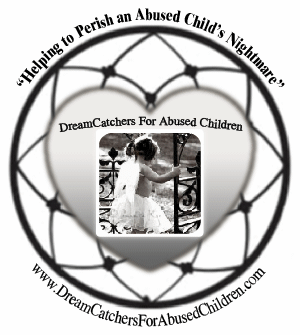Domestic Violence Is Child Abuse
An Awareness of Domestic Violence including the Impact on Children and Young People
On average, survivors of domestic violence contact 11 agencies before obtaining the help they need. On average, a woman is assaulted at least 35 times before she reports an assault to the police. Domestic violence is equally prevalent among all income groups and among people from all ethnic groups. Women who have experienced domestic violence are 15 times more likely to abuse alcohol, 9 times more likely to abuse drugs, 3 times more likely to be diagnosed as depressed or psychotic and 5 times more likely to attempt suicide.
Considering these statistics, this e-learning course is suitable for any worker who is in regular contact or works regularly with children, young people and their families. The course will raise your awareness of the issues surrounding domestic violence particularly for those workers that come into contact with survivors.
On completion of this course learners will be able to:
Explain what domestic violence is and who is most at risk
Recognize the difference between the facts and myths surrounding domestic violence
Describe the physical and psychological effects of domestic violence
Explain the impact of domestic violence on the unborn child, children and young people
Classify the behaviors displayed by a perpetrator
Identify positive and negative ways to support cases of domestic violence
Outline how the victim may feel
Interpret domestic violence statistics
Describe best practices
Identify the “dos and don’t’s” of assisting in a domestic violence case
Recognize when and where to get help
————————————————————————————
































![Validate my RSS feed [Valid RSS]](http://dreamcatchersforabusedchildren.com/wp-content/uploads/2009/10/valid-rss.png)












